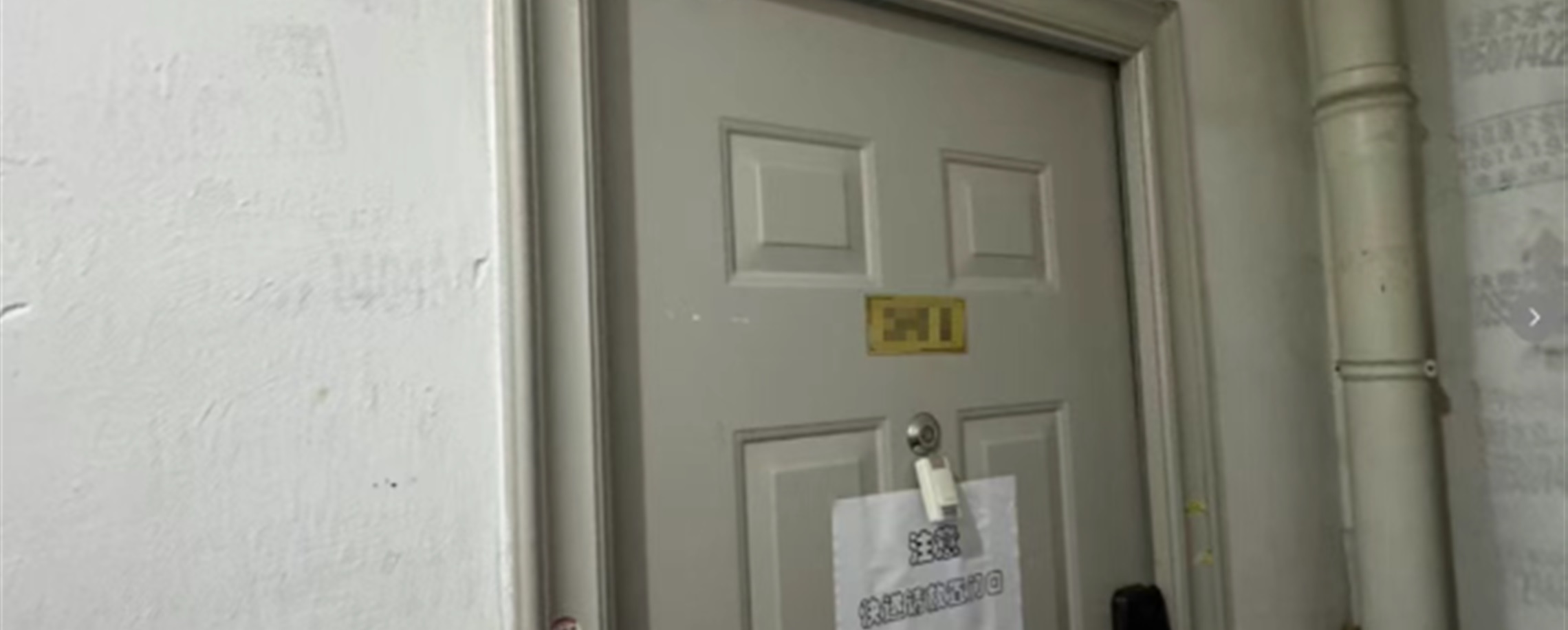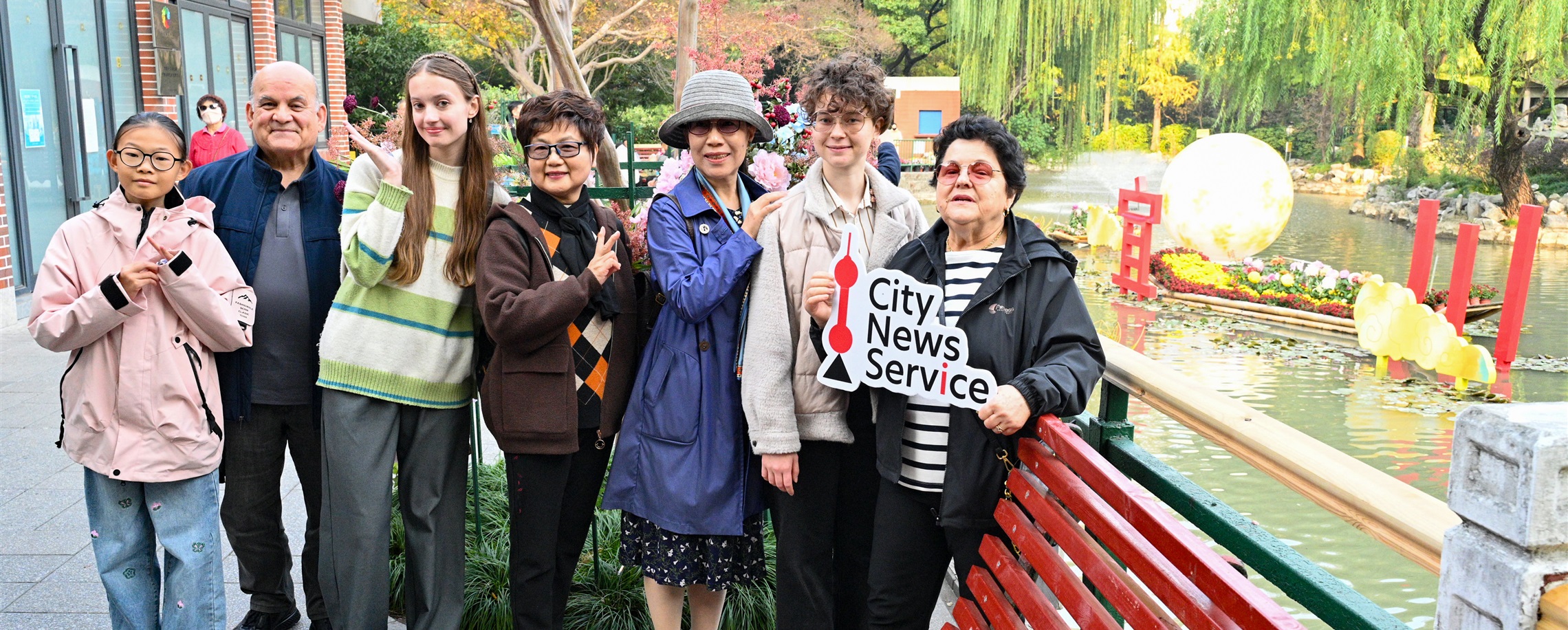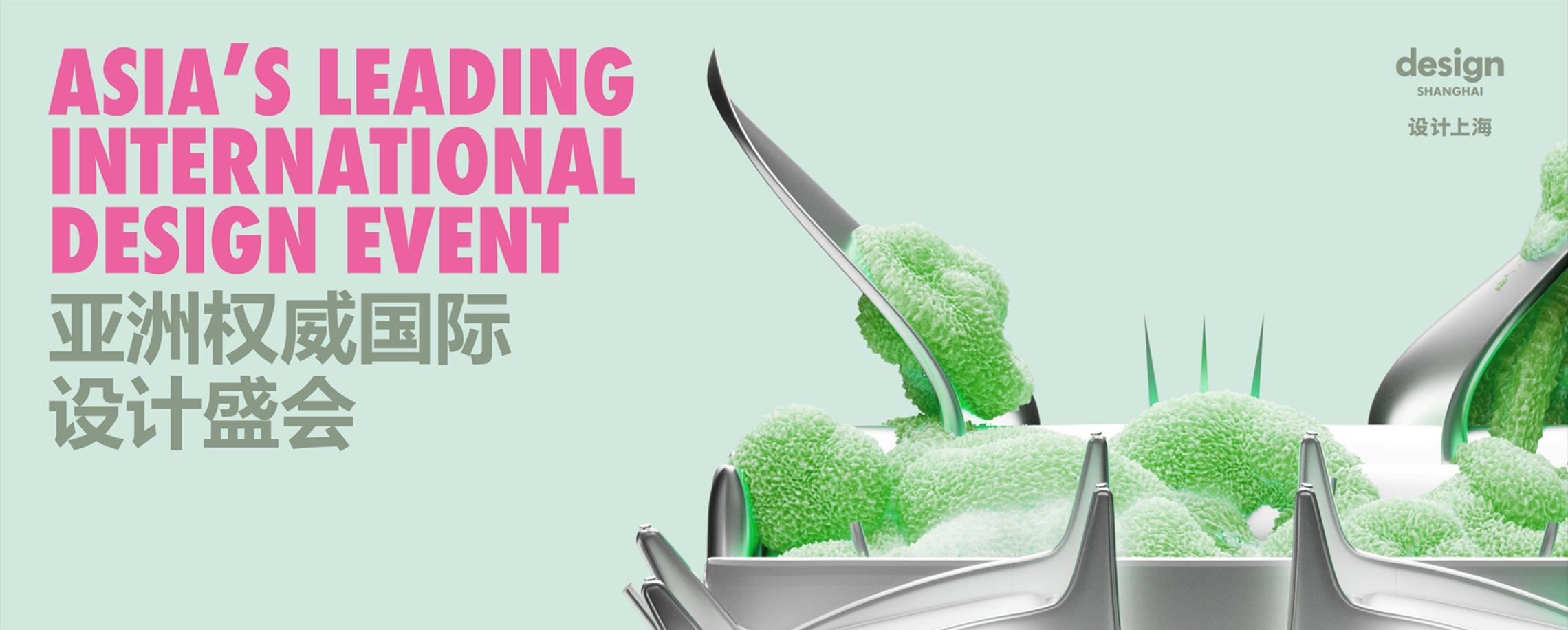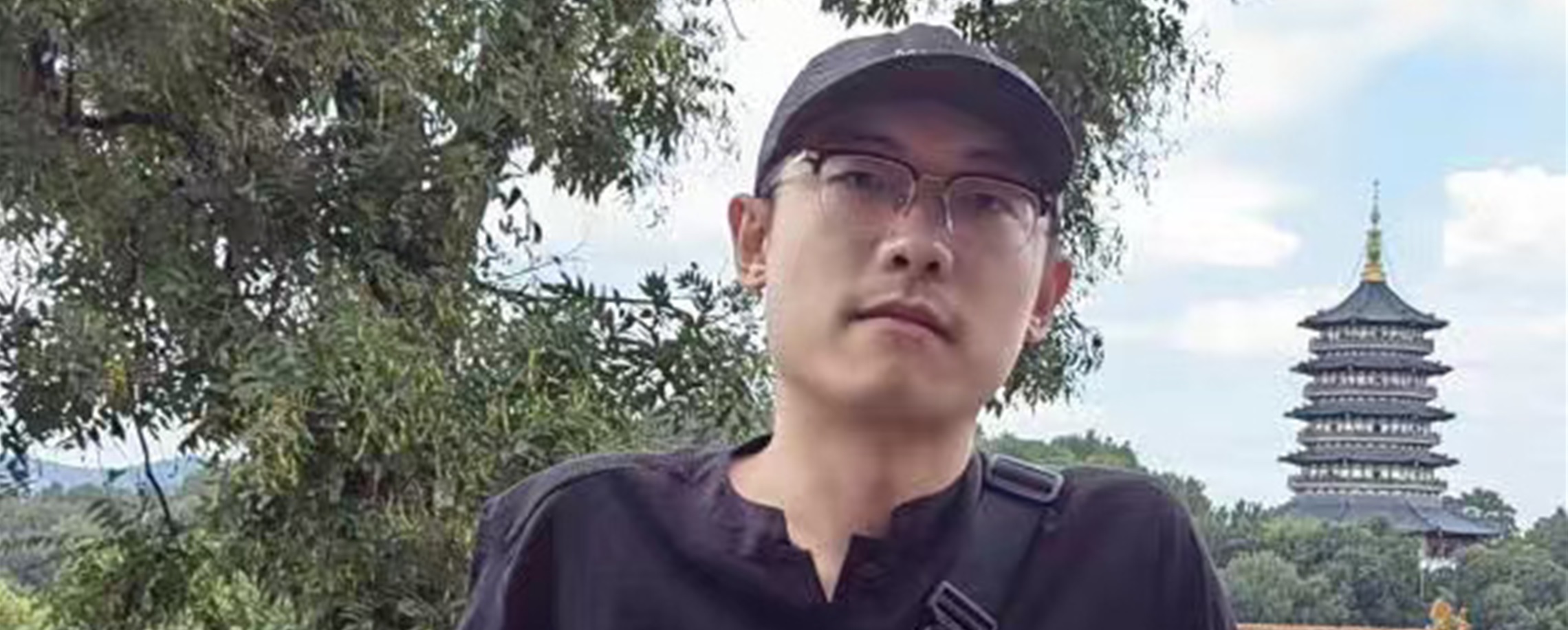Peking Opera: The Stage Art that Shapes China's Cultural Imagination
Editor's note:
The United Nations has officially designated 44 Chinese traditions as world cultural heritage. This series examines how each of them defines what it means to be Chinese.
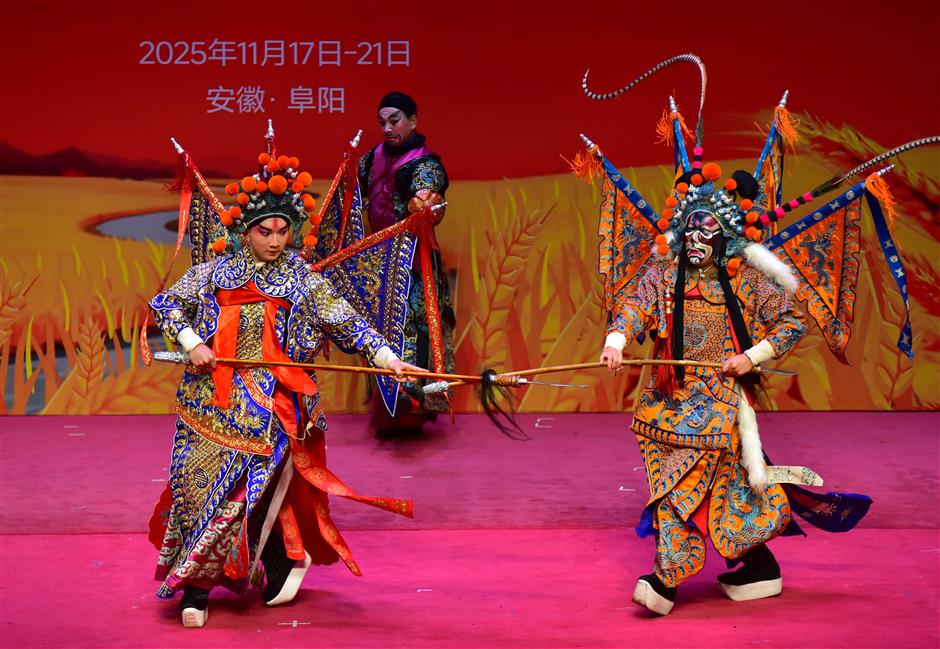
Peking Opera has been a cornerstone of Chinese stage culture for more than two centuries. Its music, movement and symbols have influenced how generations of Chinese people perceive heroism, loyalty, humor and tragedy.
Many Chinese recognize its melodies, even if they do not attend the performances. The art form is integrated into school lessons, television dramas, films and festivals.
Its significance in cultural life is evident in the decision by the United Nations Educational, Scientific and Cultural Organization to include it on the Representative List of the Intangible Cultural Heritage of Humanity in 2010.
Peking Opera began to take shape in the late 1700s and early 1800s when opera troupes from Anhui Province in east China arrived in Beijing, blending their music, stories and performance techniques with those already established in the capital.
This fusion created a comprehensive stage system that continues to thrive today in Beijing, Tianjin, Shanghai and other cities.
It is characterized by four primary performance skills: singing, reciting, stylized movement and martial arts.
Performers begin their training at a young age, learning to use their voices, control their breath, hold postures, and execute acrobatic or martial movements.
The four skills must support each other on stage. Singing and reciting shape the sound of a role, while movement and martial skills shape physical expression.
Some actors focus on singing, others on movement, and some on action scenes; however, all must learn the complete system.
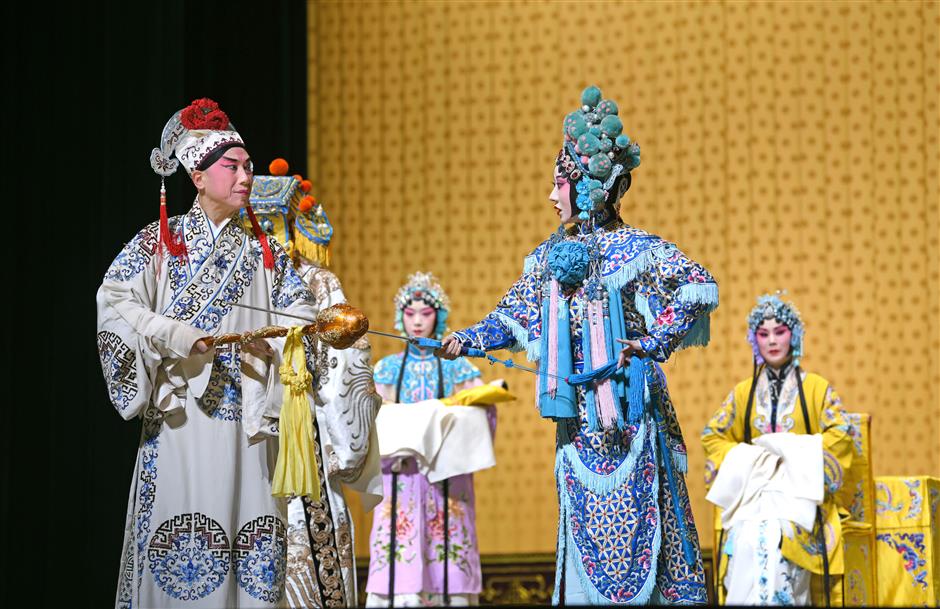
Stages in Peking Opera utilize minimal props. A table or chair can represent various locations, while a whip symbolizes a horse. A simple step or turn indicates a change in direction or a shift in emotion.
The art form relies on timing, gesture and musical cues. Costumes are intricate, and facial makeup employs distinct patterns and colors to convey the nature of each character.
Red typically signifies loyalty, black suggests honesty, white indicates treachery, blue or green represents boldness or stubbornness, purple conveys dignity, and yellow may symbolize ambition or cruelty.
Actors train in role types known as hangdang, which are broad categories based on age, personality and social position.
The main groups include sheng for male roles, dan for female roles, jing for "painted face" roles, and chou for clown roles.
Each group has its own subtype. Sheng roles encompass older men, young men and martial men. Dan roles consist of serious female characters, lively young women, martial women and elderly women.
Strong personalities and painted faces characterize jing roles, while chou roles feature a white patch on the nose and are associated with comic or flexible characters. Each role type adheres to specific movement patterns, vocal tones and stage positions.
Peking Opera boasts a rich collection of classic stories, including "Farewell My Concubine," "The Drunken Beauty," "The Legend of the White Snake" and "Mu Guiying Takes Command."
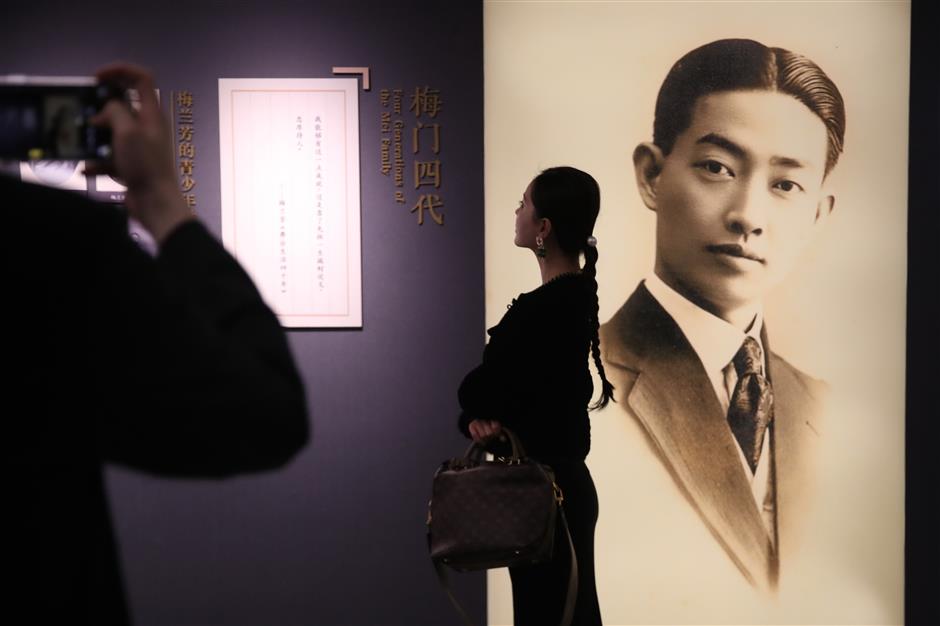
The art reached global audiences in the early 20th century through the work of Mei Lanfang. He was one of China's most renowned performers and specialized in playing female roles.
Mei developed the influential Mei School and toured Japan, Europe, the Soviet Union and the United States. His performances introduced many foreign viewers to the traditional Chinese opera.
A story from his life, known as "growing his beard to show his resolve," became widely known. During China's War of Resistance against Japanese Aggression (1931-45), he refused to perform for invading forces and let his beard grow as a mark of protest.
Mei's son, Mei Baojiu, continued the tradition. He debuted as a teenager, led the Mei Lanfang Peking Opera Troupe, and trained many younger performers. He also presented classic roles overseas and worked to introduce the art to new audiences.
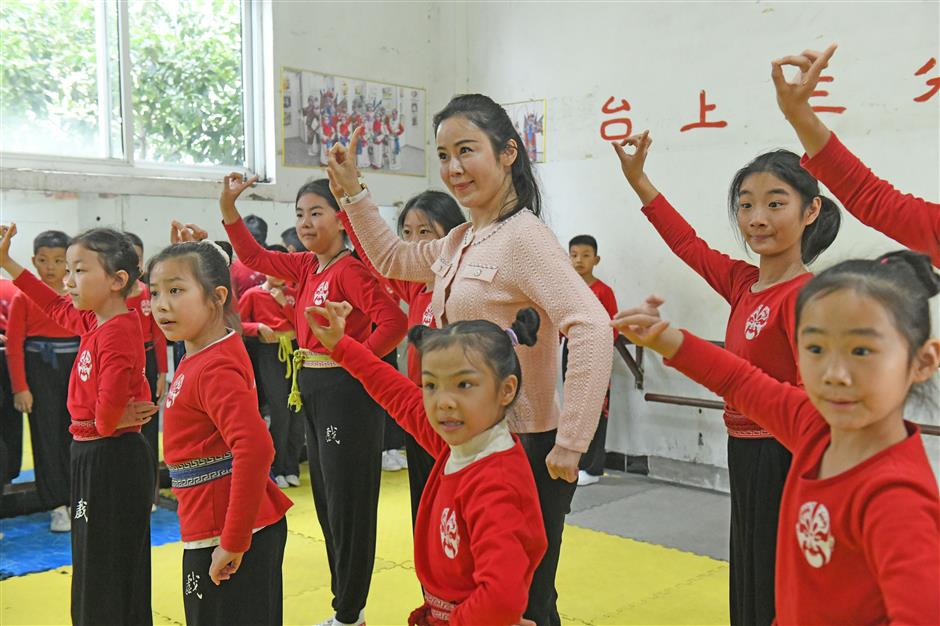
Another significant family lineage in Peking Opera is the Tan School, which originated with Tan Xinpei, a prominent male-role performer during the late Qing Dynasty (1644-1911).
Tan made his mark in one of China's earliest films, "Dingjun Mountain," released in 1905. His family has successfully preserved this performance style across seven generations.
Shanghai continues to play a crucial role in the art form today. One of the city's most renowned performers is Wang Peiyu, a leading actress in the male-role category of the Yu School.
Wang actively seeks to attract new audiences to Peking Opera by giving talks, hosting workshops and utilizing online platforms to explain fundamental skills and showcase famous scenes. Her initiatives have significantly increased the interest of young people in watching and appreciating the art.
New generations are still learning Peking Opera in schools and troupes throughout China. The Taizhou Mei Lanfang Opera Troupe was established in 2023 and comprises more than 50 young actors.
Troupes located in Beijing, Tianjin and Shanghai offer long-term training programs where students engage in daily practice of voice work, gestures, steps and martial techniques.

Peking Opera is showcased internationally through cultural exchange events, where young performers have appeared at universities, museums and cultural institutions across the US and Europe.
During these events, they present short scenes, explain makeup patterns and demonstrate basic gestures. This helps foreign audiences grasp the art form, even if they are unfamiliar with the language or the stories.
For decades, writers and scholars have studied Peking Opera. Chinese scholar Fu Jin noted its significance as a vital expression of China's cultural tradition.
French playwright Jean Genet commended its structure and technique. British theater designer Gordon Craig stated that Peking Opera has developed into an independent and robust artistic system. Soviet playwright Sergei Mikhailovich Tretyakov remarked that its precise methods contained the seeds of international theater.
Peking Opera continues to evolve through teaching, touring and research. Classic works are performed on major stages while new productions engage younger audiences.
Nevertheless, its foundational elements — singing, reciting, movement and martial arts, alongside its symbolic staging and role types — remain intact.
In Case You Missed It...
